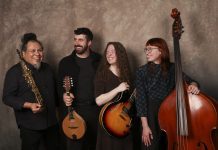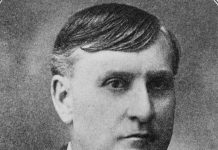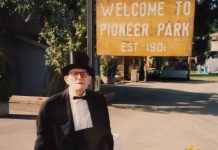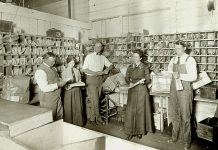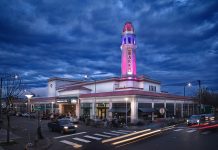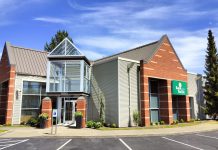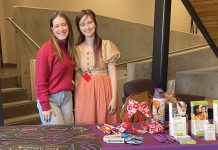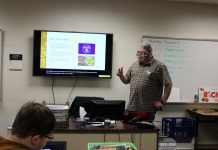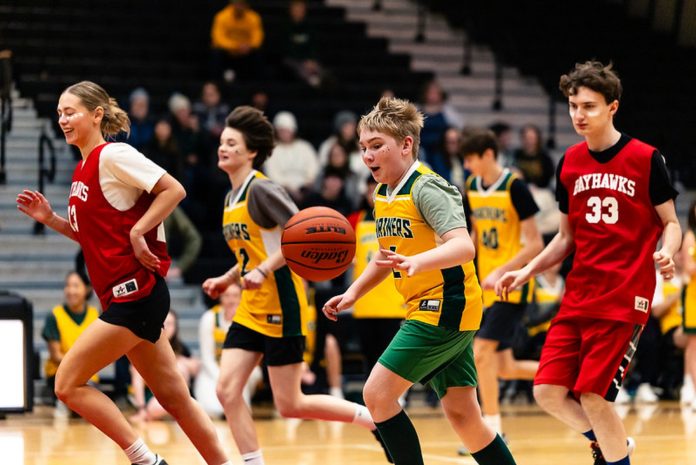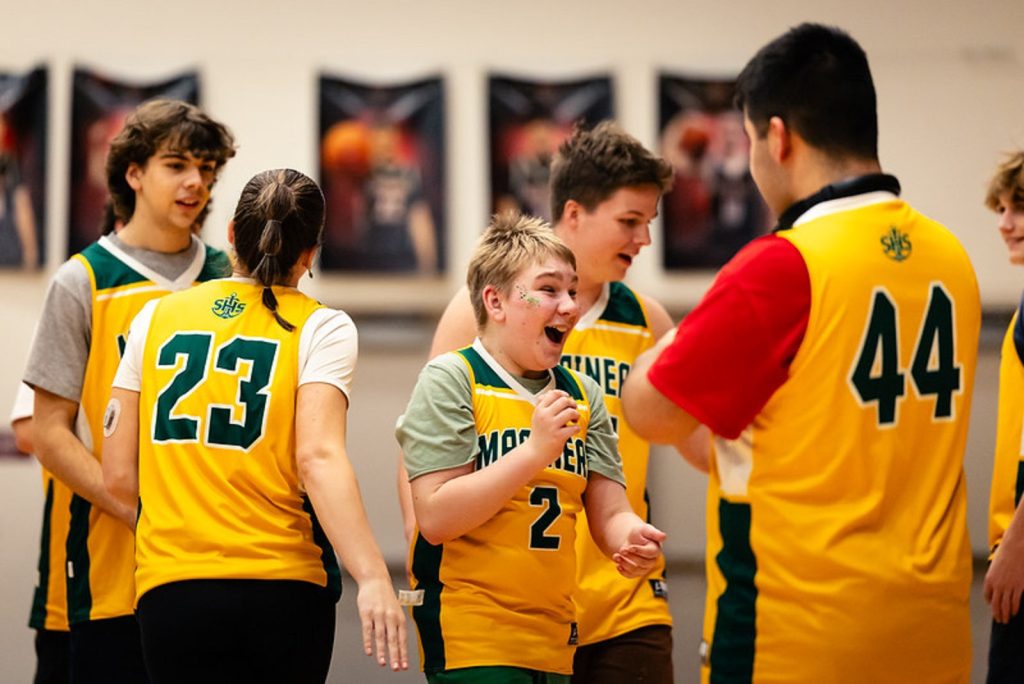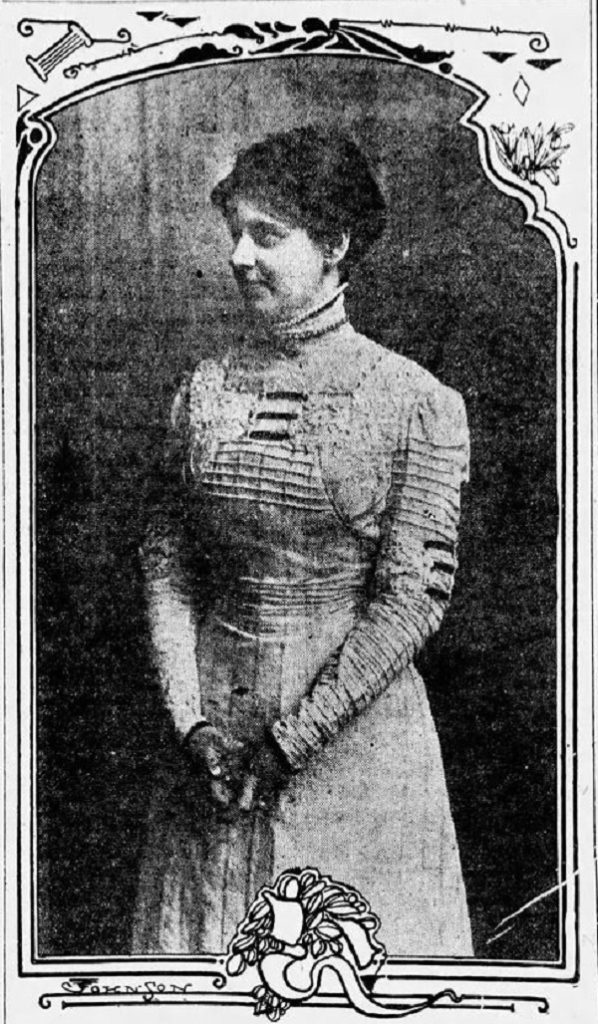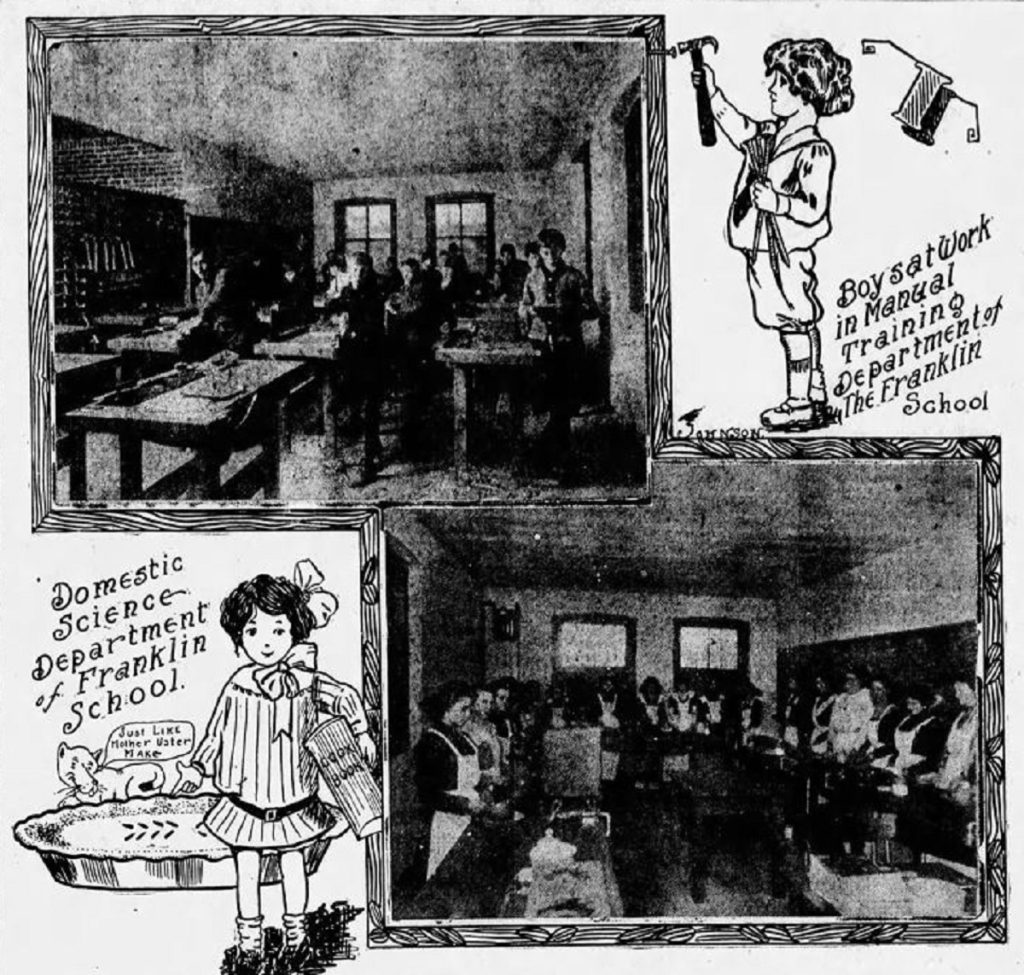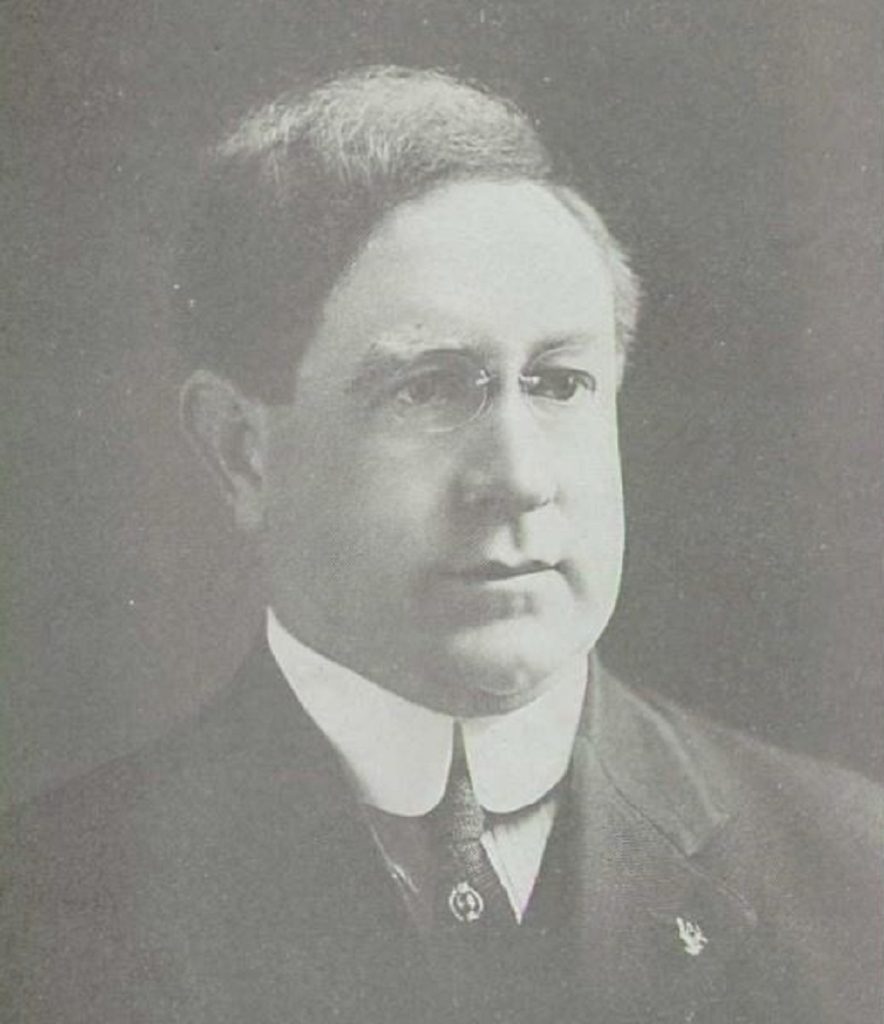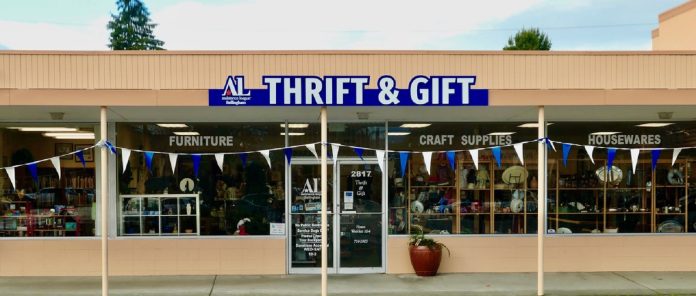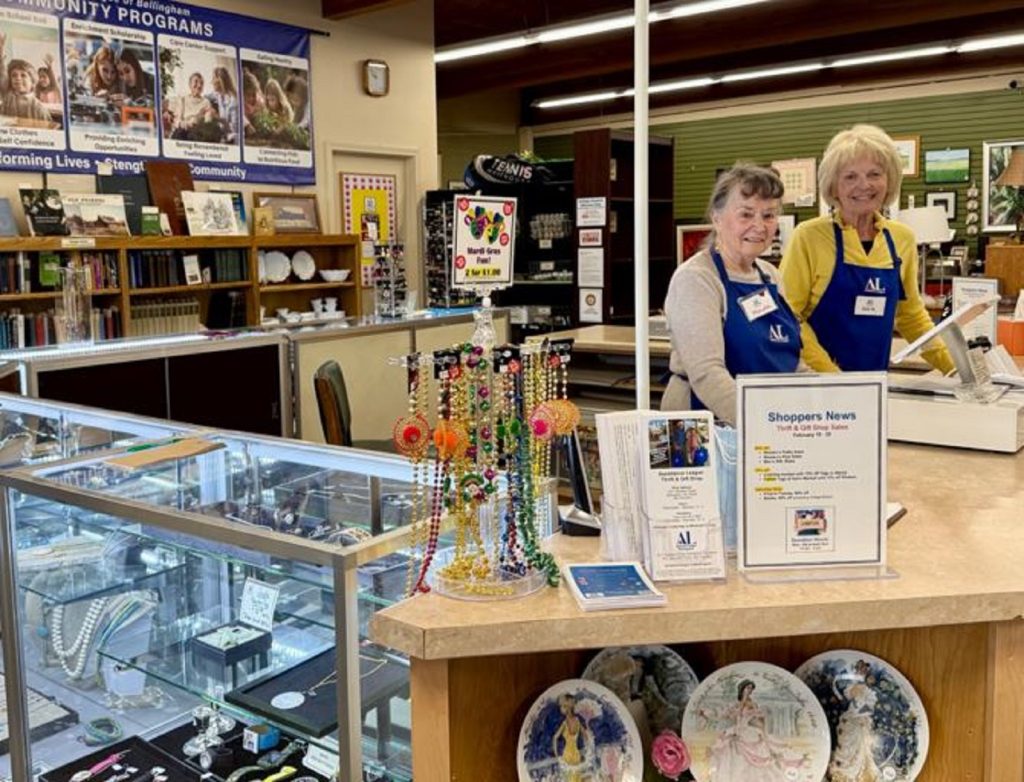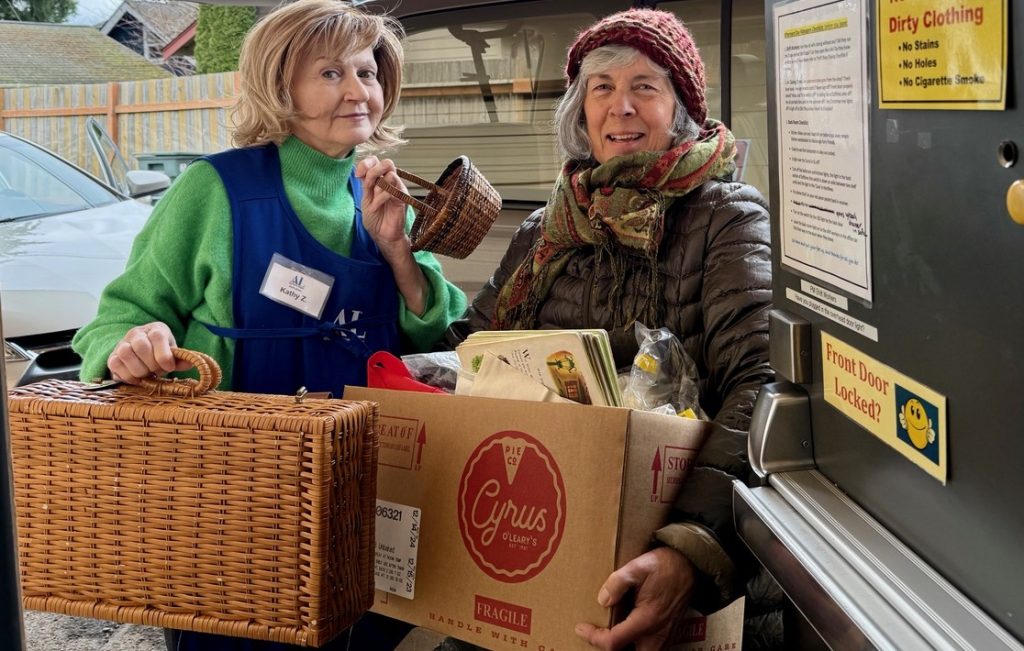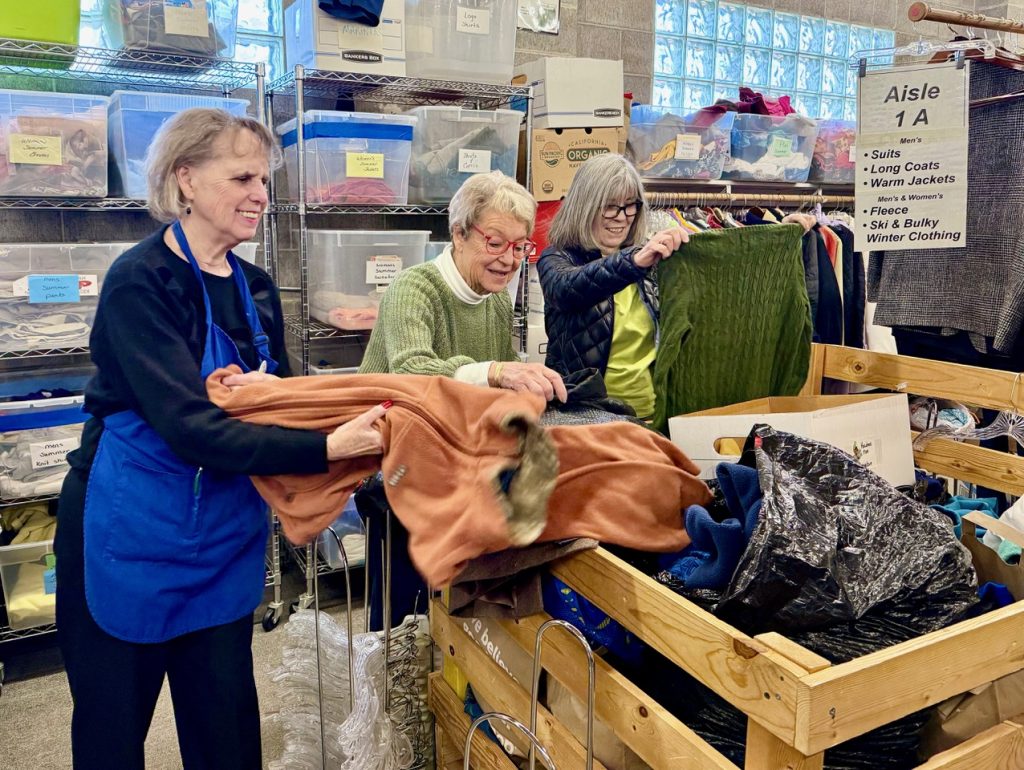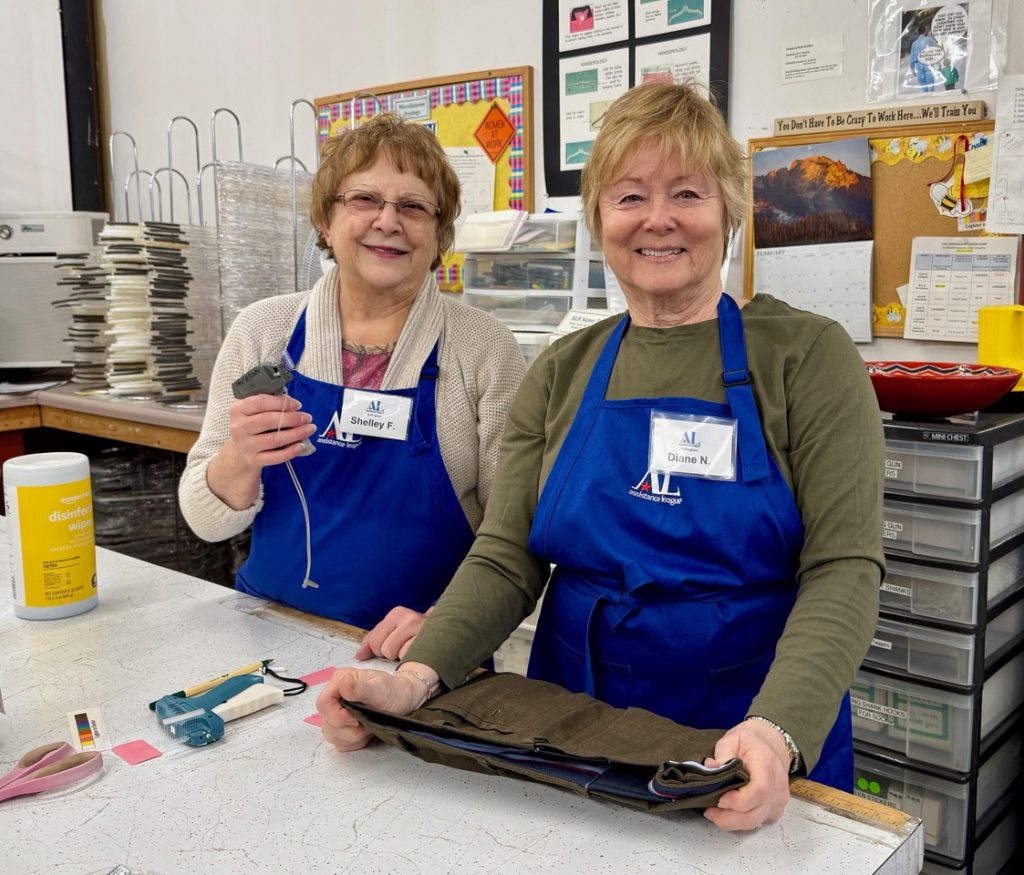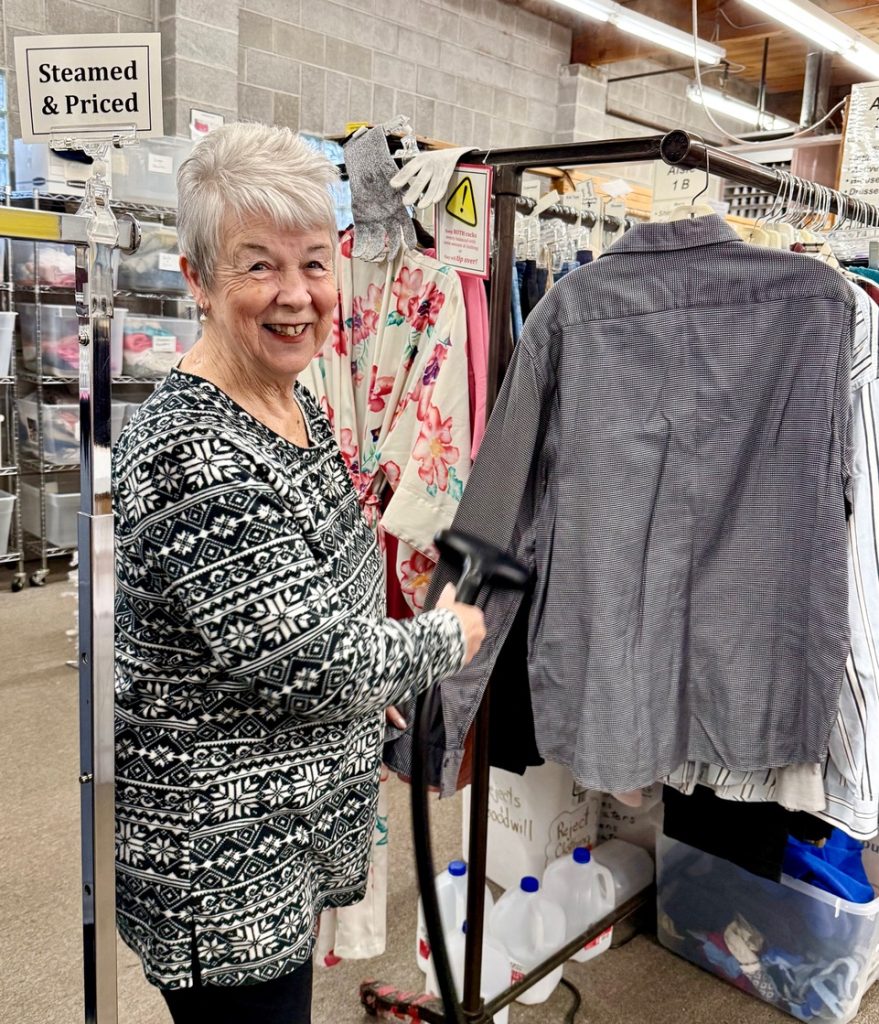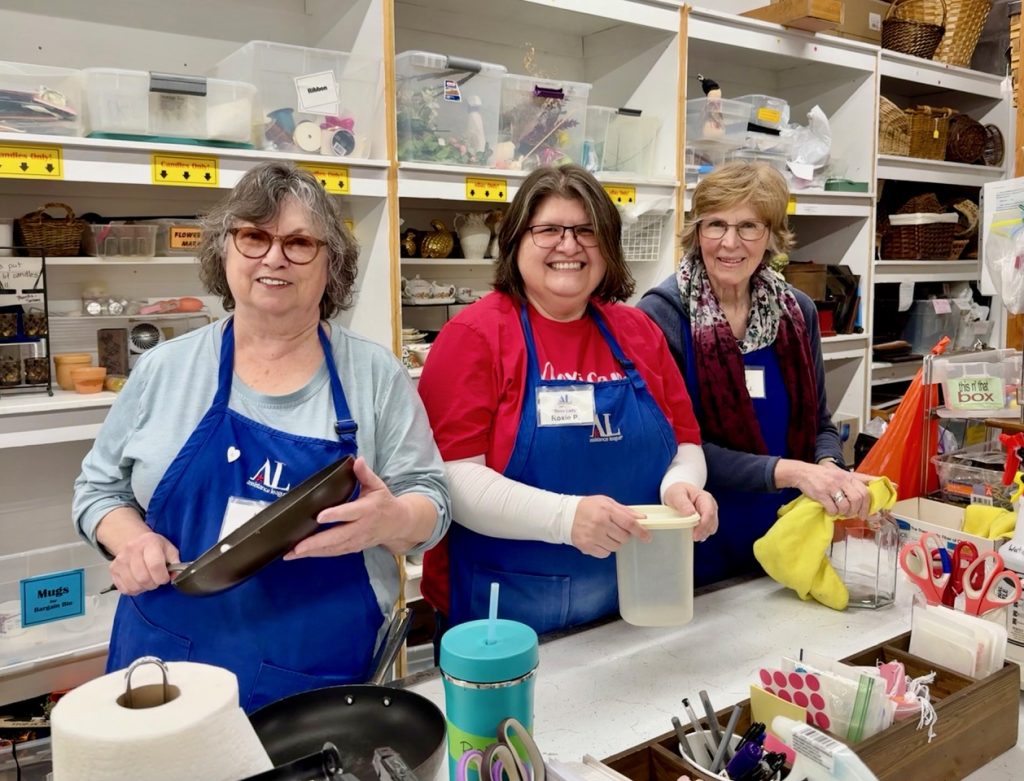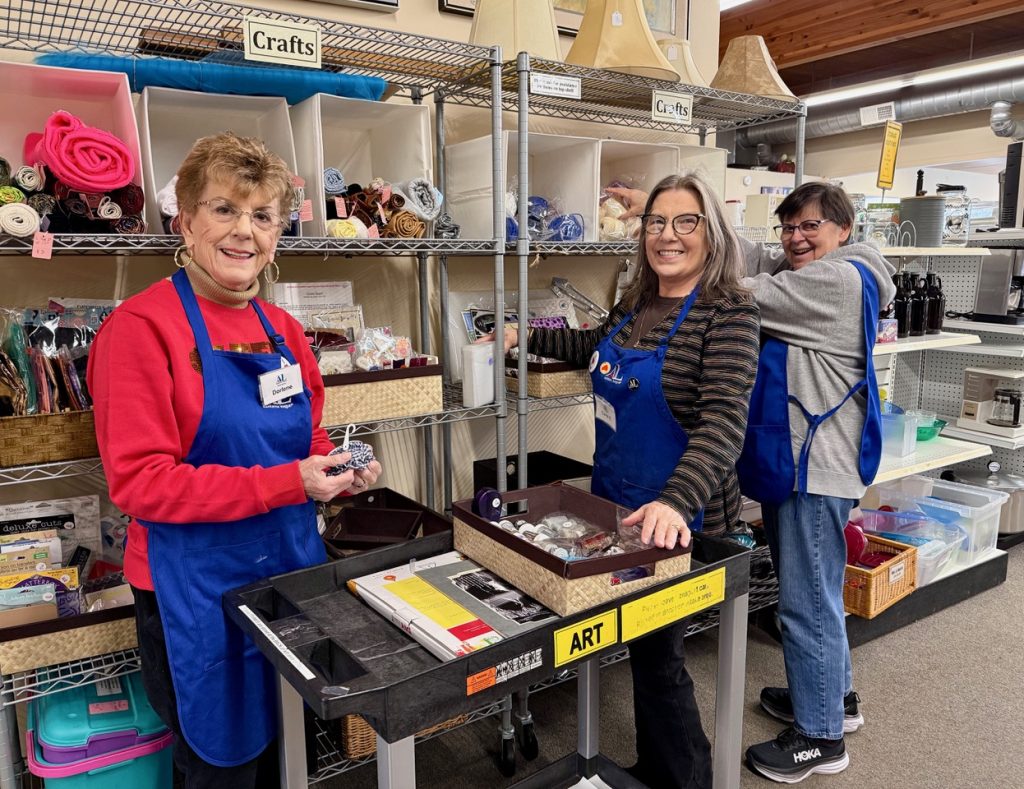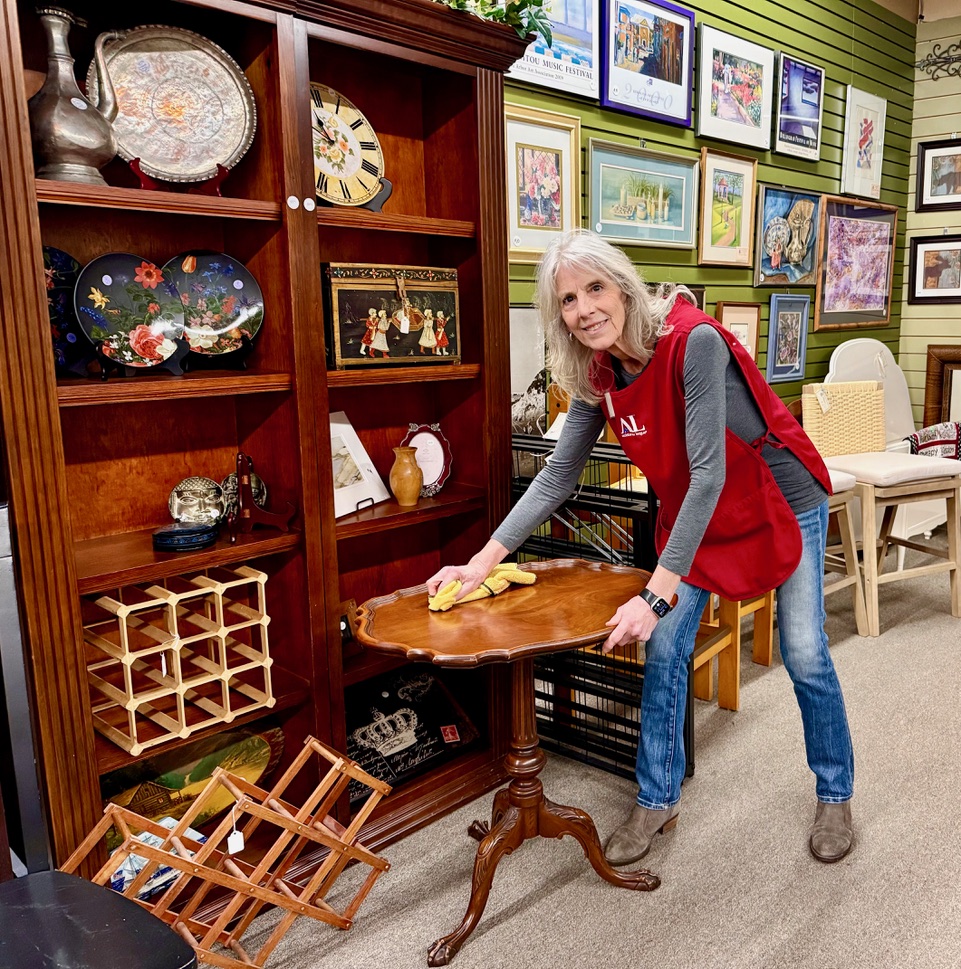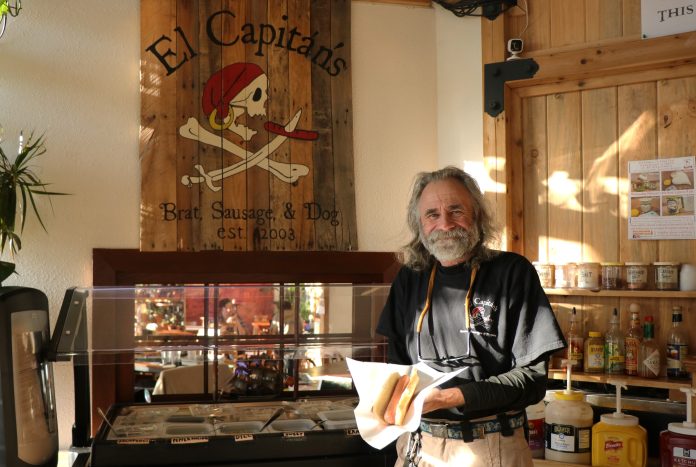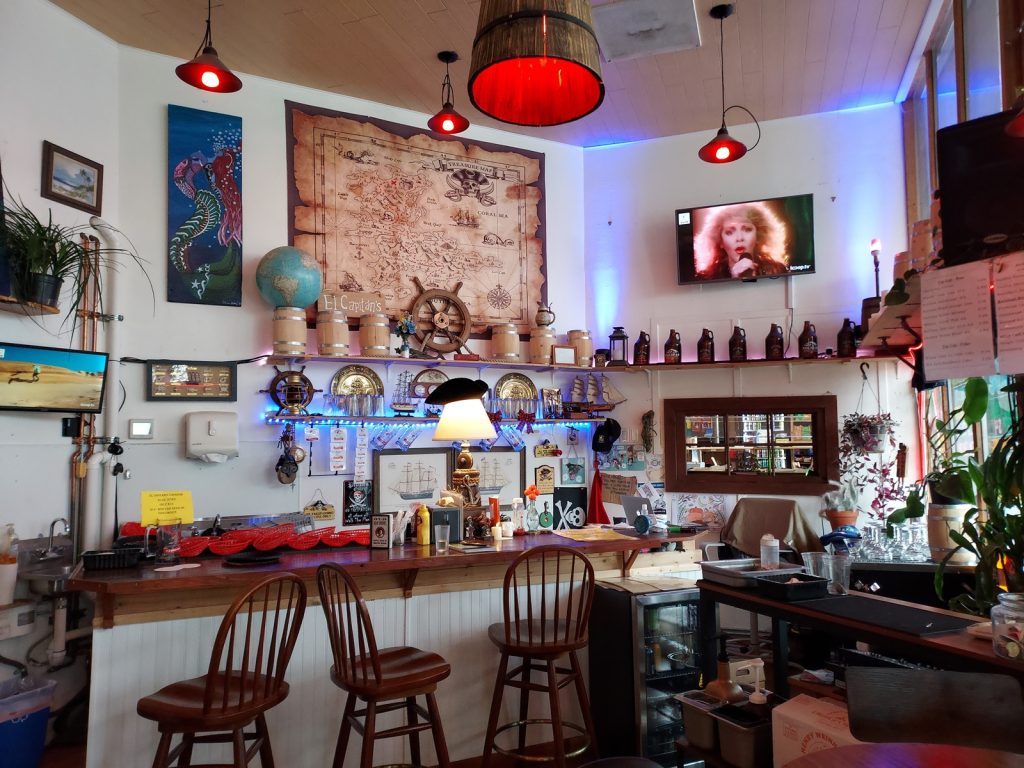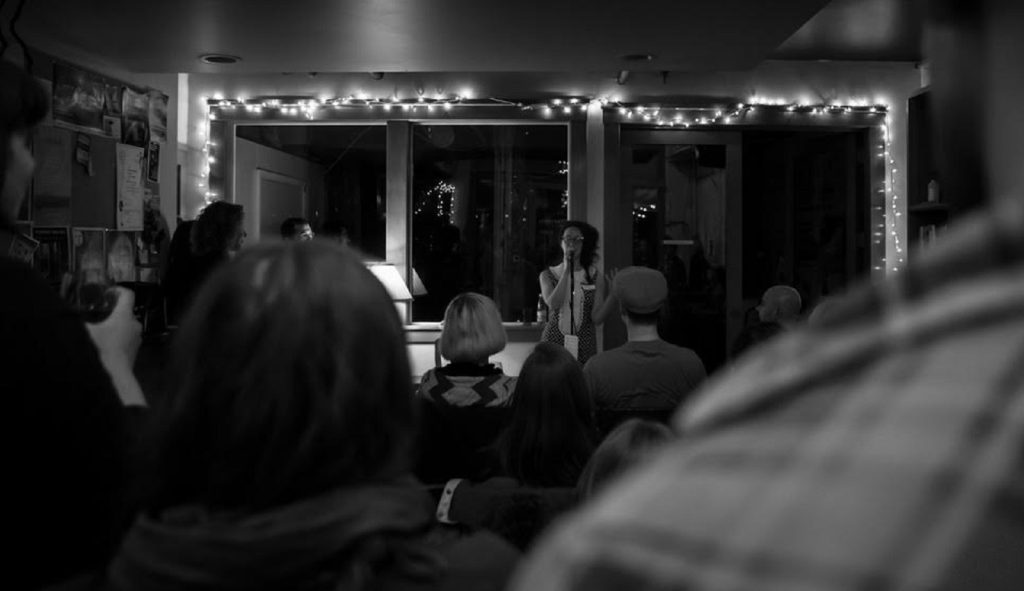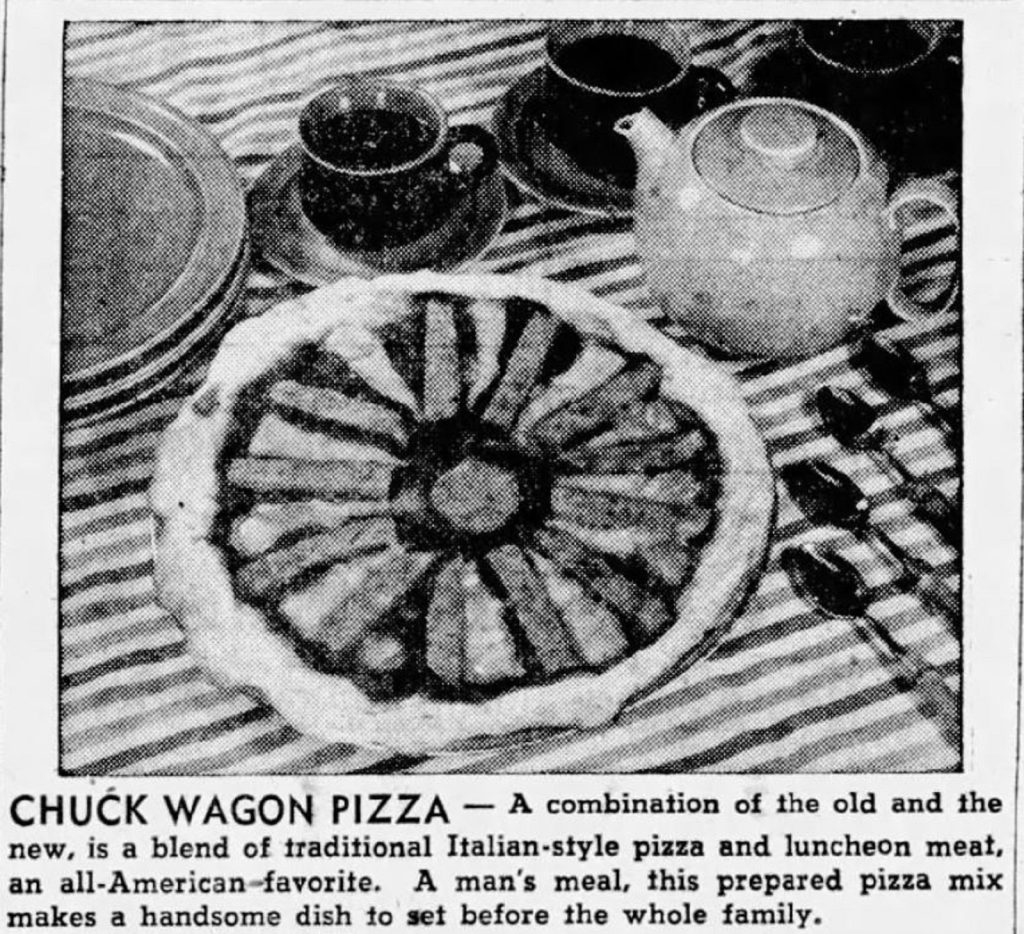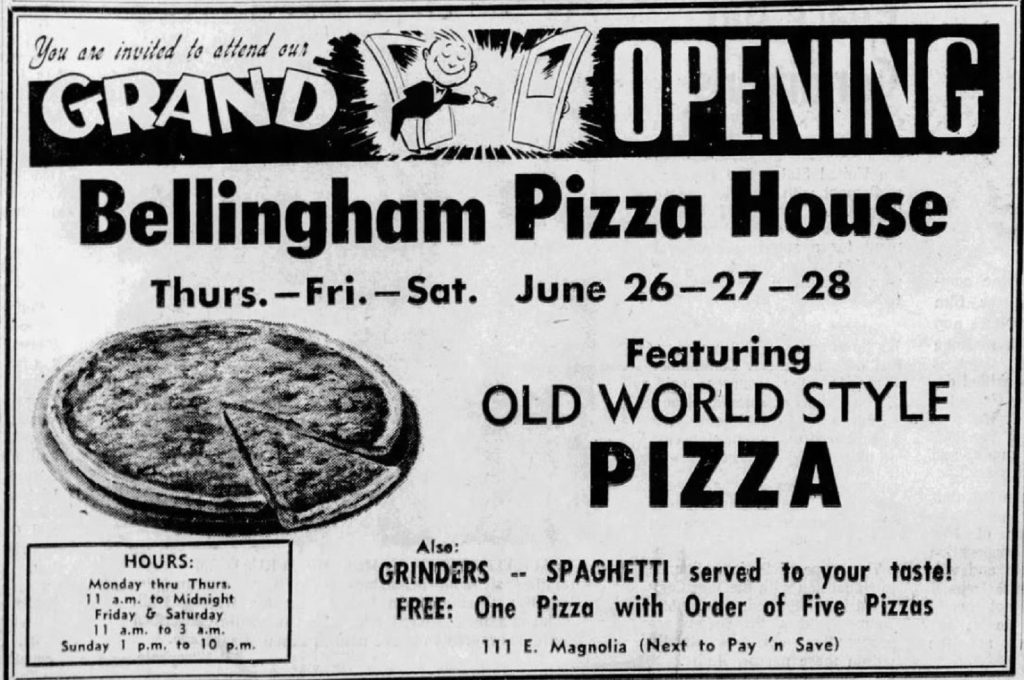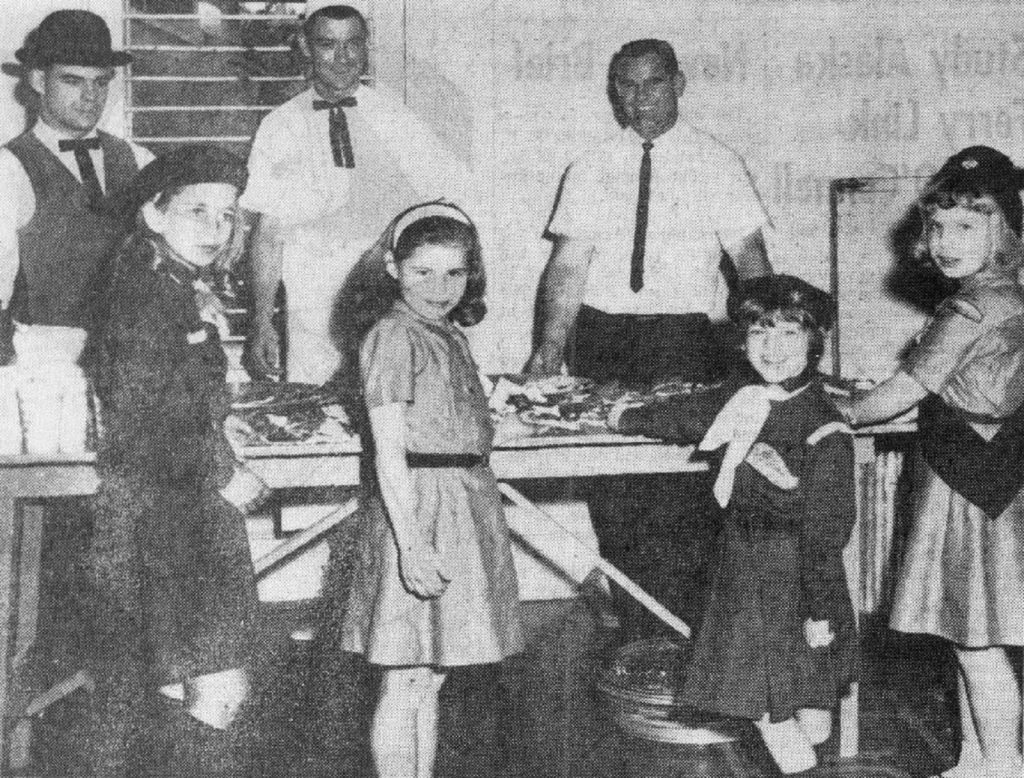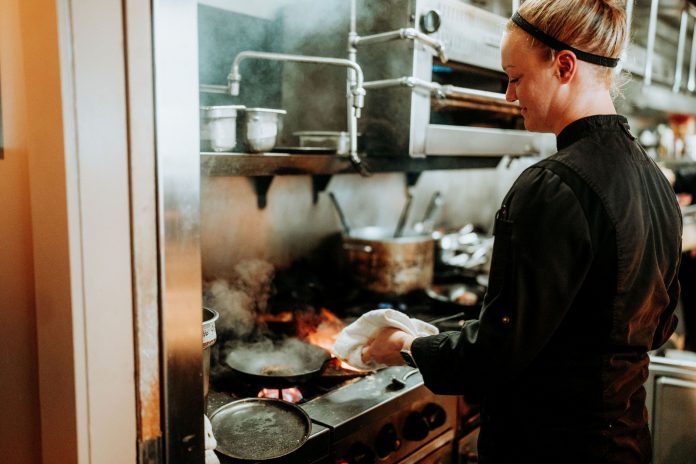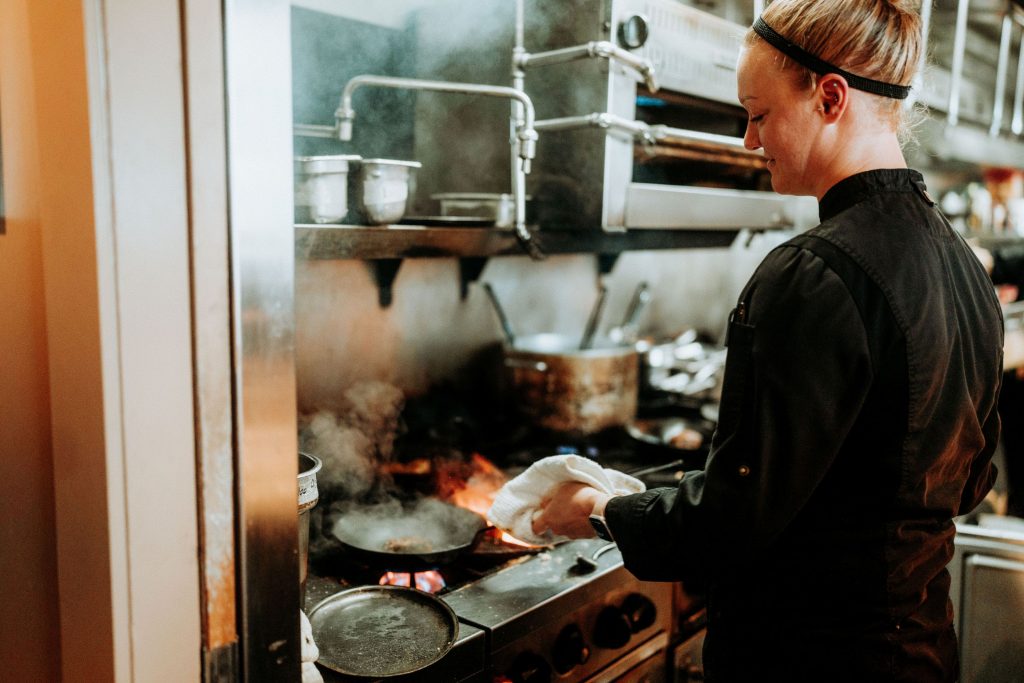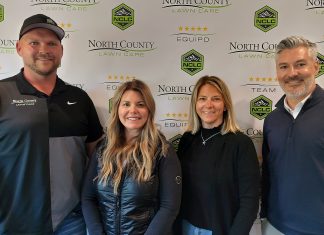Submitted by Barron Heating AC Electrical & Plumbing
The buzz is all around as basketball fans are glued to their screens for the high-stakes, high-energy games of March Madness. The competition is steep, with players pushing themselves to their physical and mental limits. And with each second of play proving to be crucial, one vital element can be just as critical—the timeout. Whether it’s to regain focus, rethink strategy, or just to take a breather, timeouts are essential for regrouping and regaining peak performance. And just the same, taking a timeout for maintenance on your HVAC system can mean the difference between a win or a loss—of one of your home’s most important systems, that is.
After a period of intense action, fatigue and stress can cloud decision-making and hinder performance on the court. Over time, your home’s HVAC system can face similar fatigue, especially as it winds down from peak seasons. Your heating system has been working overtime to keep you warm this winter, often running around the clock. And as temperatures are beginning to warm up, it’s important to schedule a tune-up to ensure you’re ready for the demands of the hot months ahead.
Your HVAC system demands attention to ensure it’s running at its best. Much like a team that neglects a timeout may falter, skipping routine maintenance can easily lead to decreased efficiency, higher energy costs, and unexpected breakdowns.

Regular HVAC Maintenance Can:
- Improve Efficiency: Dust, dirt, and debris can accumulate in the components of your HVAC system over time, making it difficult to perform at its best. Clearing these blockages and lubricating moving parts can make a big difference to ensure your equipment is running efficiently, saving you energy and money in the long run.
- Prevent Costly Repairs: Regular HVAC maintenance is said to reduce unexpected breakdowns by a whopping 95%, extending the life of your investment and often keeping it under warranty, should it apply. An experienced HVAC technician can spot early signs of trouble during a routine checkup, identifying issues before they become serious problems down the line.
- Increase Longevity: Athletes who take care of their bodies can often continue playing at a high level for longer. The same is true for your HVAC system. Regular maintenance helps extend the life of your equipment, allowing you to get the most out of your investment before an expensive replacement is needed.
- Improve Comfort and Reliability: A team performs best when its players are mentally and physically in sync, and your home will feel most comfortable when your HVAC system is dialed in. A well-maintained system ensures that you can count on consistent temperatures year-round, whether you’re in the chill of winter or the heat of summer.
As winter winds down and temperatures begin to rise, now’s an ideal time to give your HVAC system some TLC, especially before summer crunch time kicks in. Just in time, the experts at Barron Heating AC Electrical & Plumbing are throwing a Barron Madness sales event, with savings on everything Barron installs—heating, cooling, water heaters, solar, and more. Part of these epic deals include a performance tune-up for just $79 when you purchase a Silver Shield Membership at half price! That means you’ll enjoy all the perks of membership—a 20% service discount, priority service, equipment upgrade discount, and more—all with the check-in your HVAC system is begging for to get you back in the game.
So, while you’re gearing up for the buzzer-beaters and bracket-busting surprises of March Madness, don’t forget to give your HVAC system the attention it deserves—your home, just like your team, will thank you for it! As your Pacific Northwest home and building performance experts since 1972, our Barron team stands by Our Mission: Improving Lives™.
Sponsored





